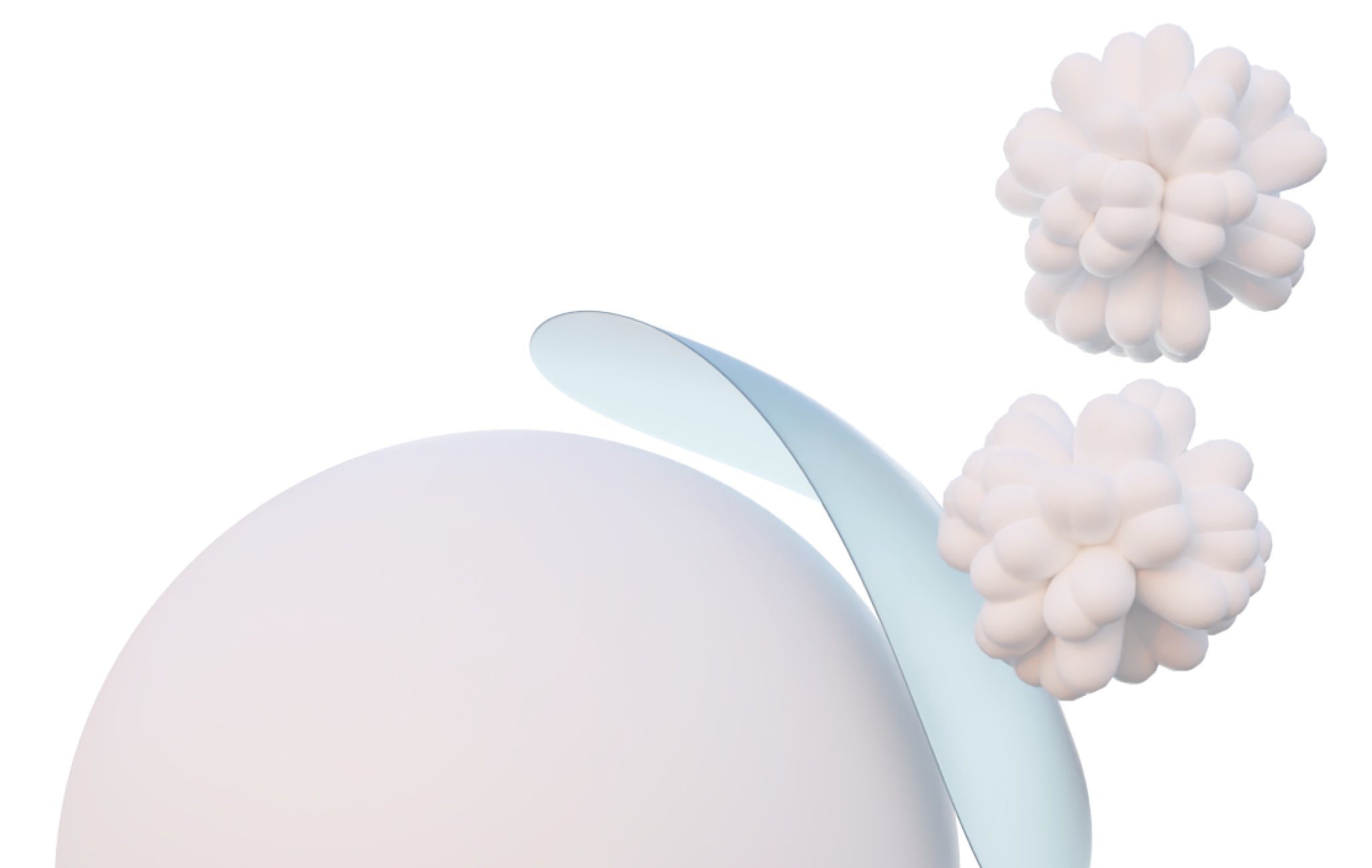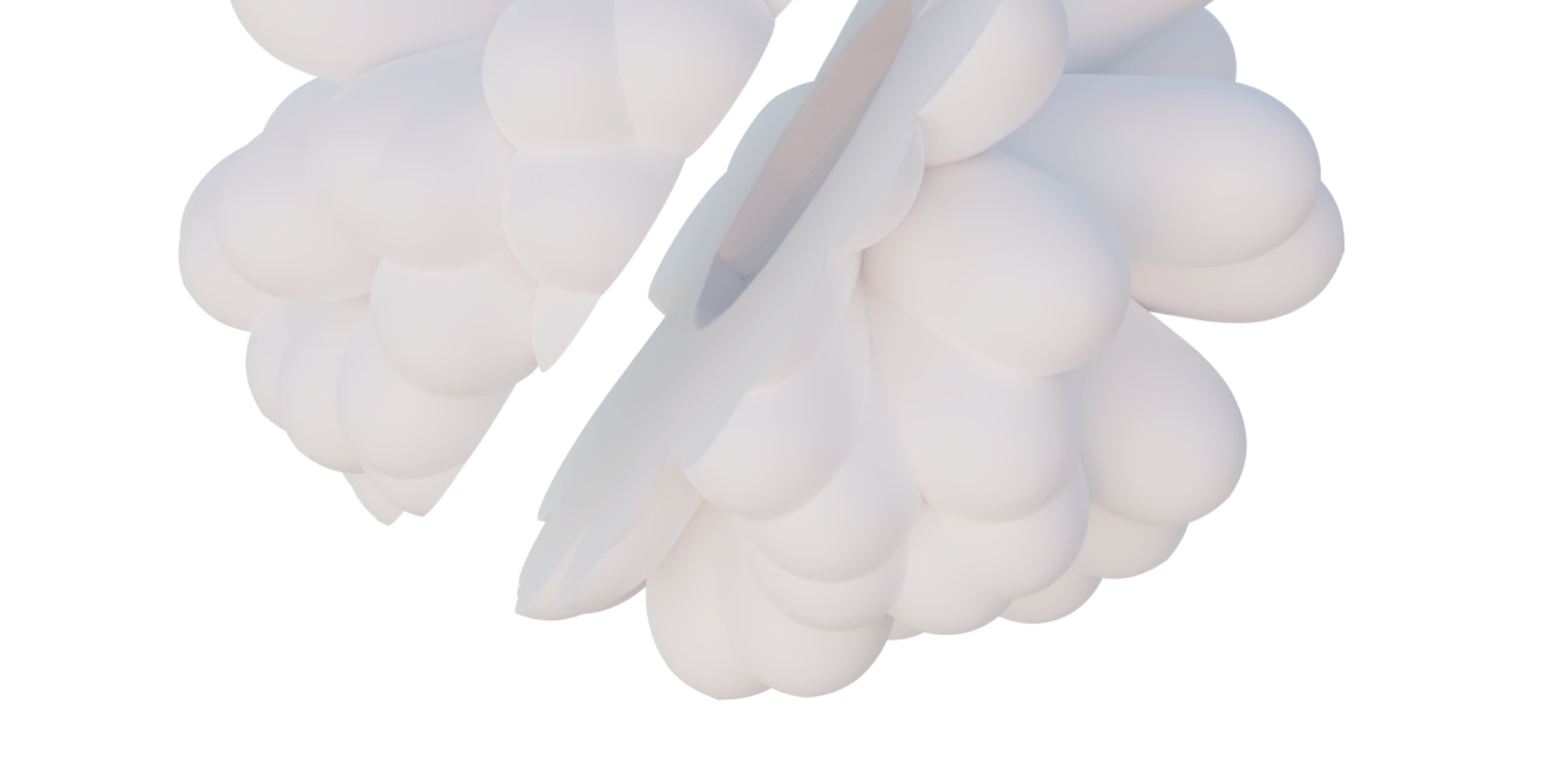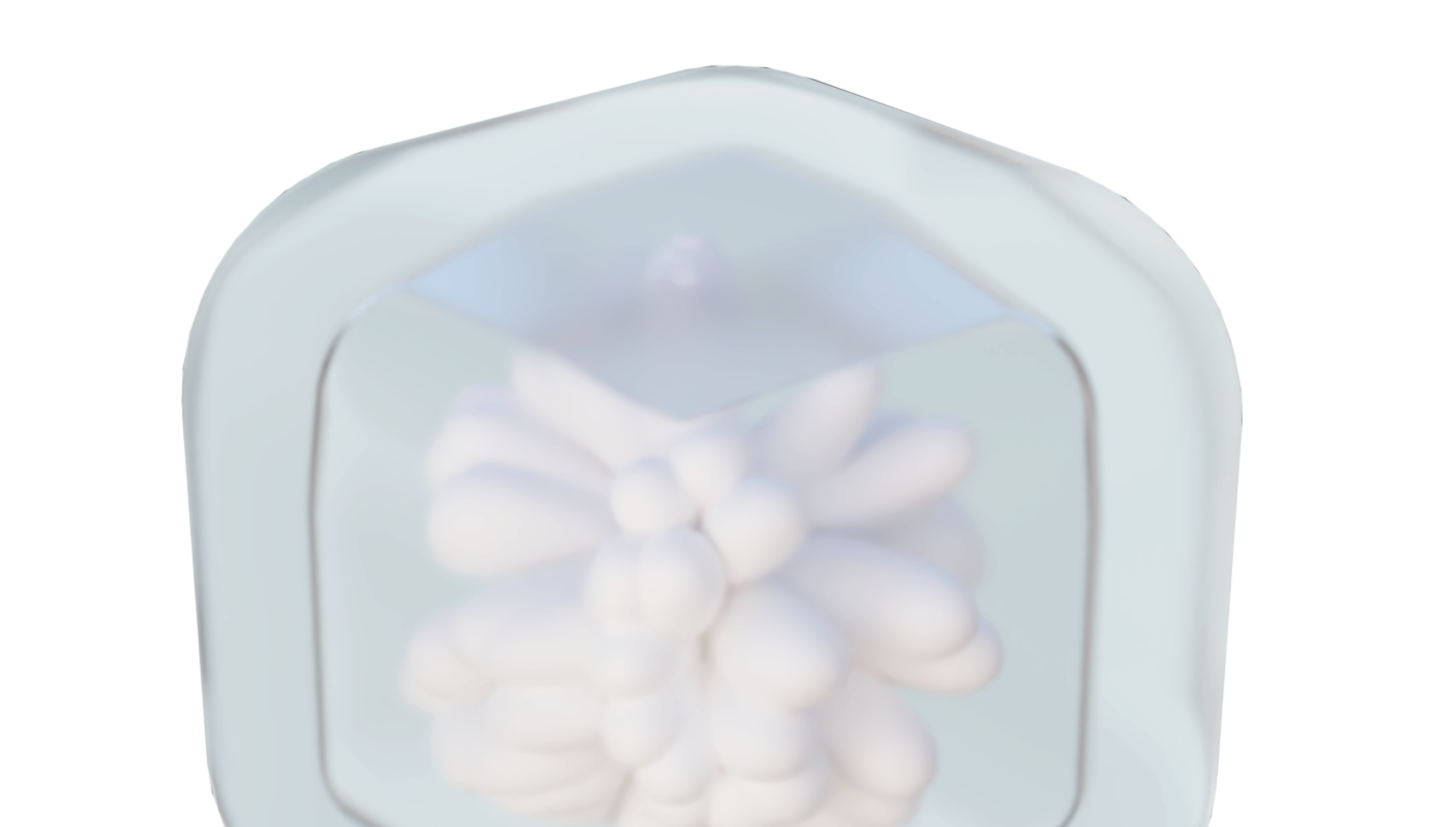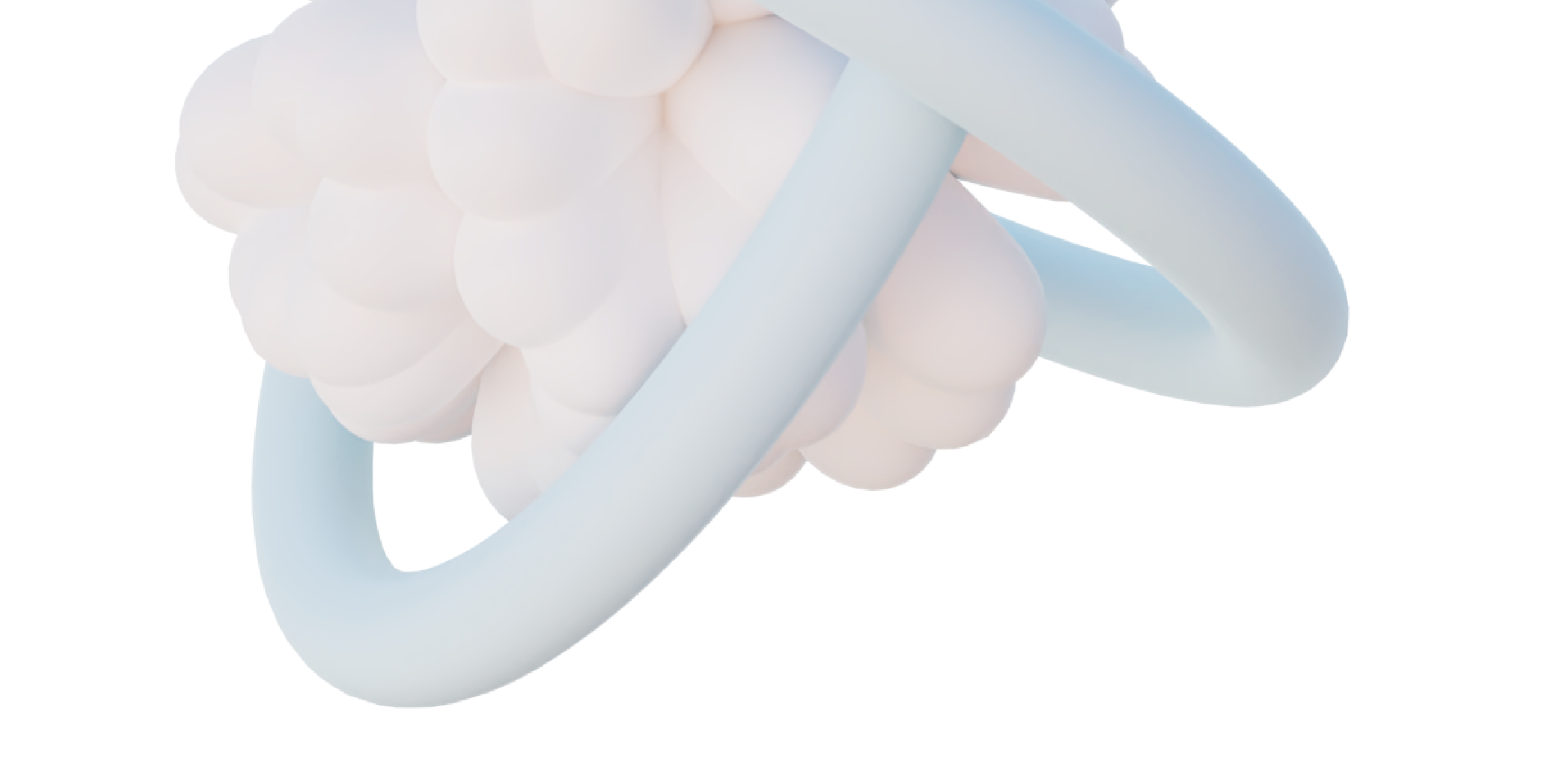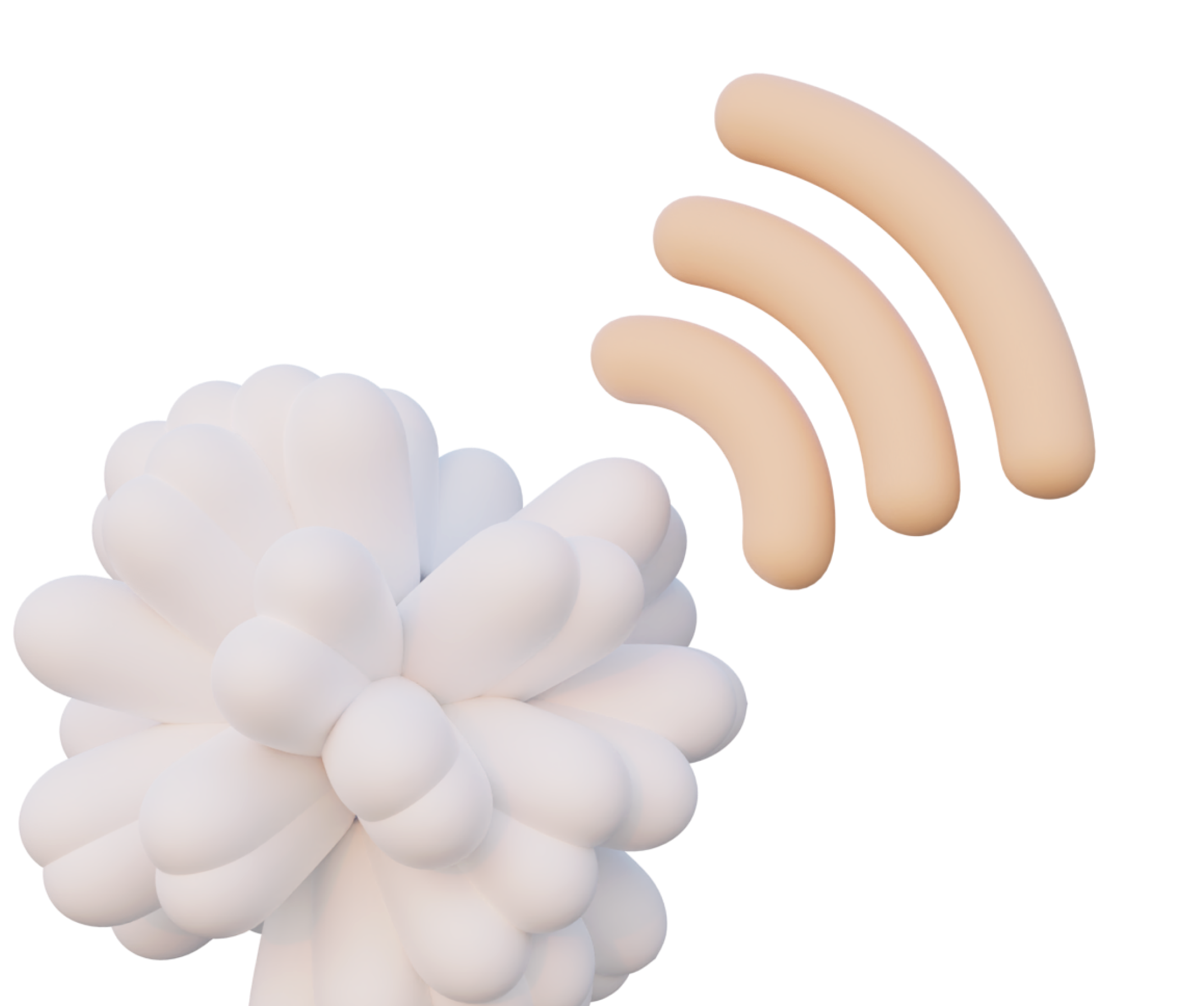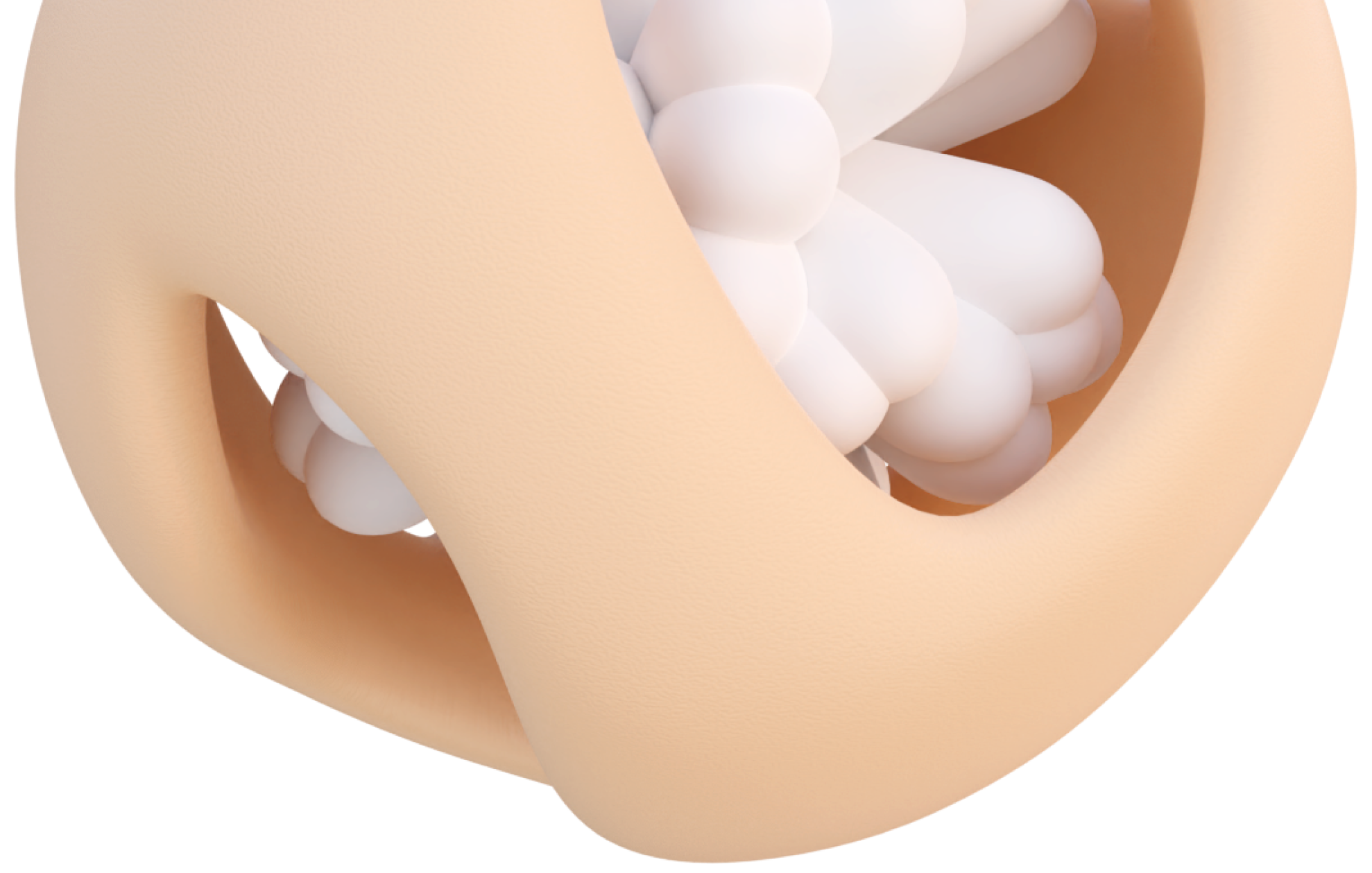About the drug
About the drug
Normally, the immune system copes with viral diseases on its own: they either do not develop at all, or quickly pass, and a person fully recovers. But when the immune system is weakened or viral load on it is great, the disease is prolonged and threatens by complications. In this case, help for the body is possible. That’s exactly what azoximer bromide does: it affects both innate and acquired immunity enhancing their action.
ARVI are diseases that affect the respiratory system. More than 200 viruses — causative agents of ARVI — are known. Among the most dangerous ones are influenza viruses and coronavirus, they can cause severe complications.
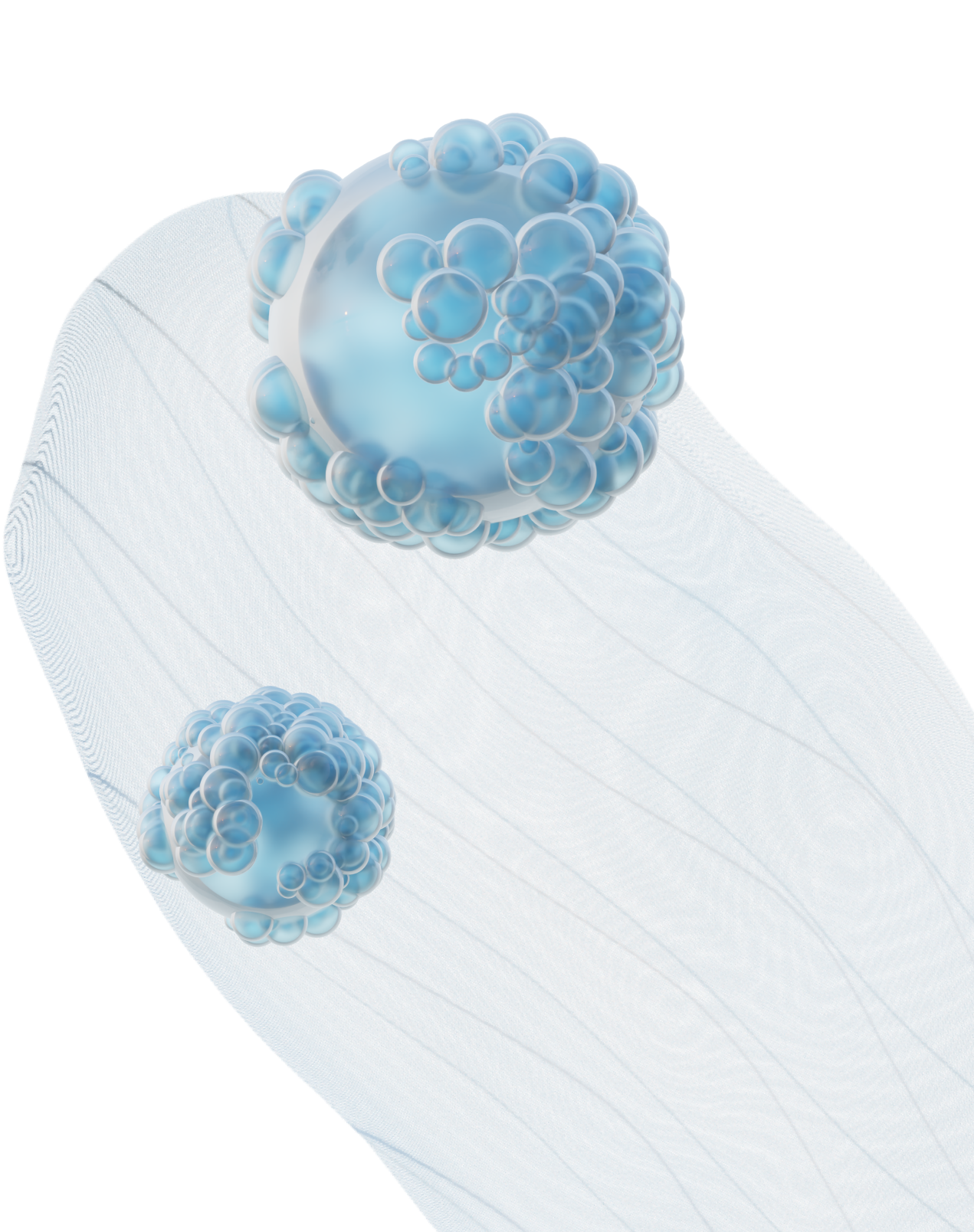
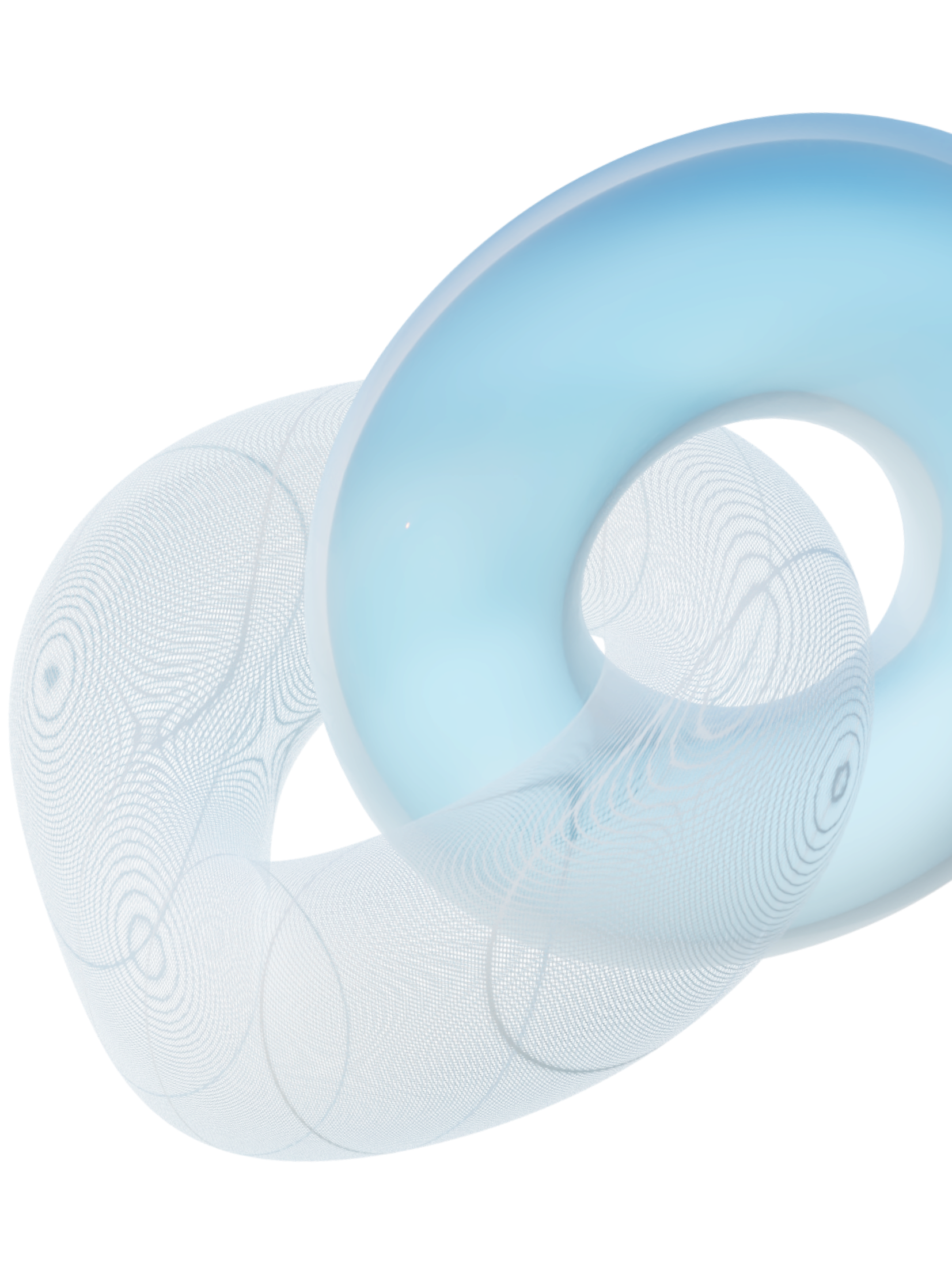
Polyoxidonium helps both types of immunity. It promotes the activation of phagocytosis and production of interferons, increases the activity of NK-cells — all this provides more effective work of the innate immunity. And normalization of the number of T-lymphocytes and acceleration of maturation of dendritic cells help the acquired immunity.
Azoximer bromide helps the immune system to fight viruses at all levels:
Studies have shown that Polyoxidonium has a significant antiviral effect against A and B influenza viruses, parainfluenza, herpes, rhinovirus, enterovirus and metapneumovirus.
During the COVID-19 pandemic, researchers studied the effects of azoximer bromide in coronavirus therapy.
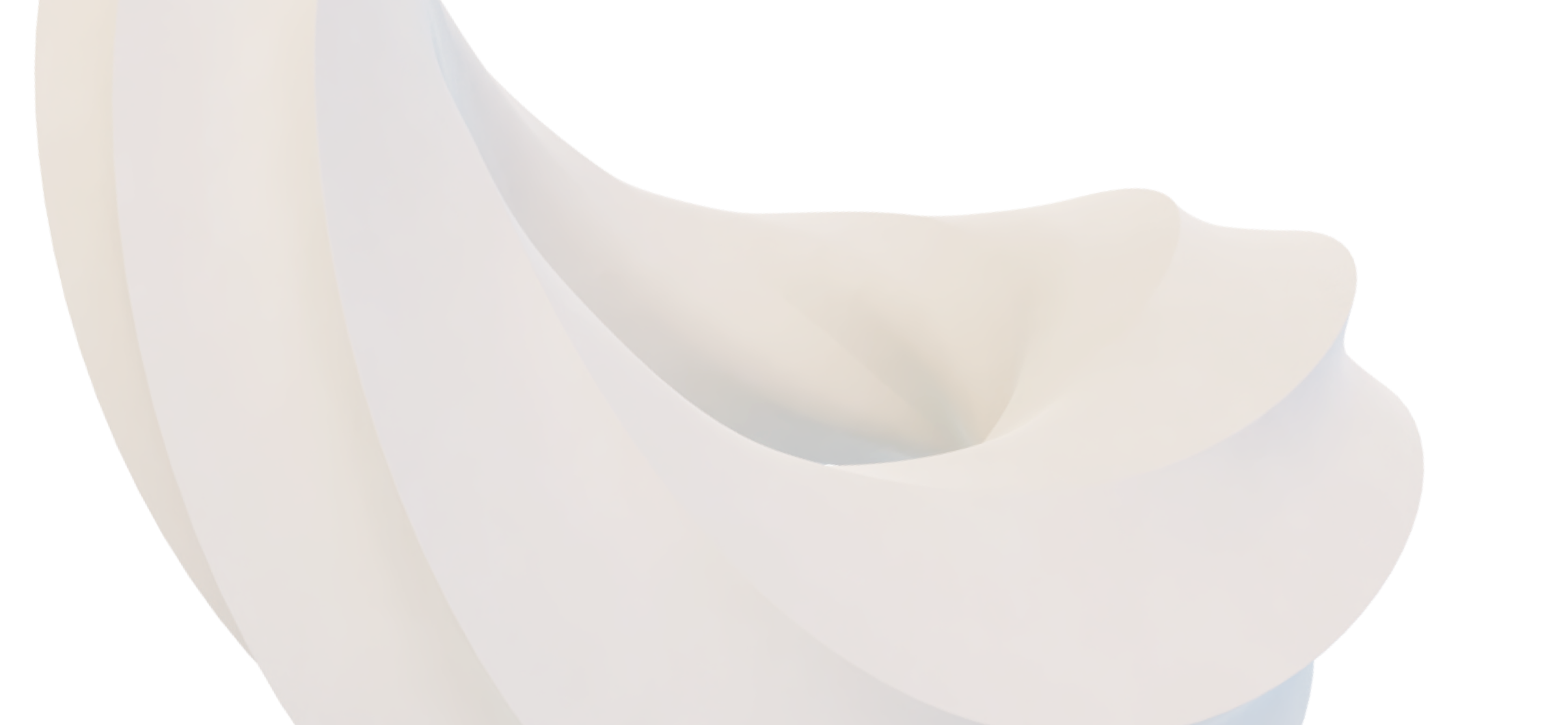
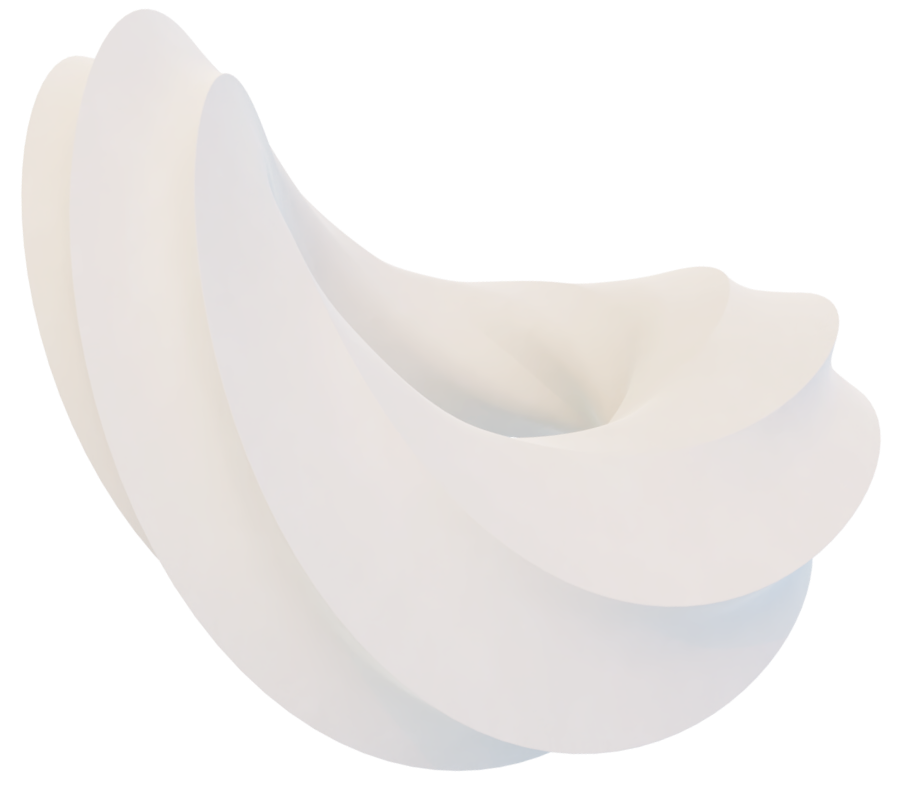
Azoximer bromide is included in the Temporary Methodological Recommendations on the therapy of acute respiratory viral infections during the COVID-19 pandemic, as well as in the methodological recommendations of FMBA on prevention and treatment of influenza and other ARVI during the COVID-19 pandemic, clinical recommendations of the Ministry of Health of the Russian Federation on the treatment of influenza in adults. The drug is recognized and used not only in Russia, but also in the territory of Europe — it is included in the clinical recommendations of Slovakia on the treatment of COVID-19.
Indirectly — through components of the immune system:




The drug helps to cope with bacteria as well. There is no contradiction in this, since the basis of the antibacterial immunity is phagocytosis. Besides, bacteria and toxins they produce are neutralized by antibacterial and antitoxic antibodies. Polyoxidonium, as shown above, stimulates both phagocytosis and antibody production.
Components of human antimicrobial defense


Most infections are accompanied by a general toxic syndrome. Toxins appear in two ways:
Intoxication results not only in deterioration of health (fever, chills, excessive sweating, lack of energy, headache and muscle pain, rheumatic pain, rapid fatigue are symptoms of intoxication). Toxins also negatively affect immune cells, and this further worsens the body’s resistance.
Azoximer bromide fights harmful substances: it binds toxins, increases the resistance of cell membranes to toxins, removes active oxygen radicals — aggressive oxidizing molecules — from the body. All this contributes to the protection of healthy tissues.
Thanks to its complex effect — stimulating immunity, fighting viruses and bacteria — azoximer bromide as part of a complex therapy is recommended for the treatment of a whole range of diseases, for example:
* Complicated by bacterial, viral or fungal infection.
The drug has shown its properties in the treatment of inflammatory infections of the genitourinary system and female genital organs. Polyoxidonium is even used in the therapy of cancer to reduce the burden on the liver and kidneys of patients taking anticancer drugs, as well as to strengthen immunity after chemotherapy. Azoximer bromide is one of the immune-correcting drugs that can be used after chemotherapy.
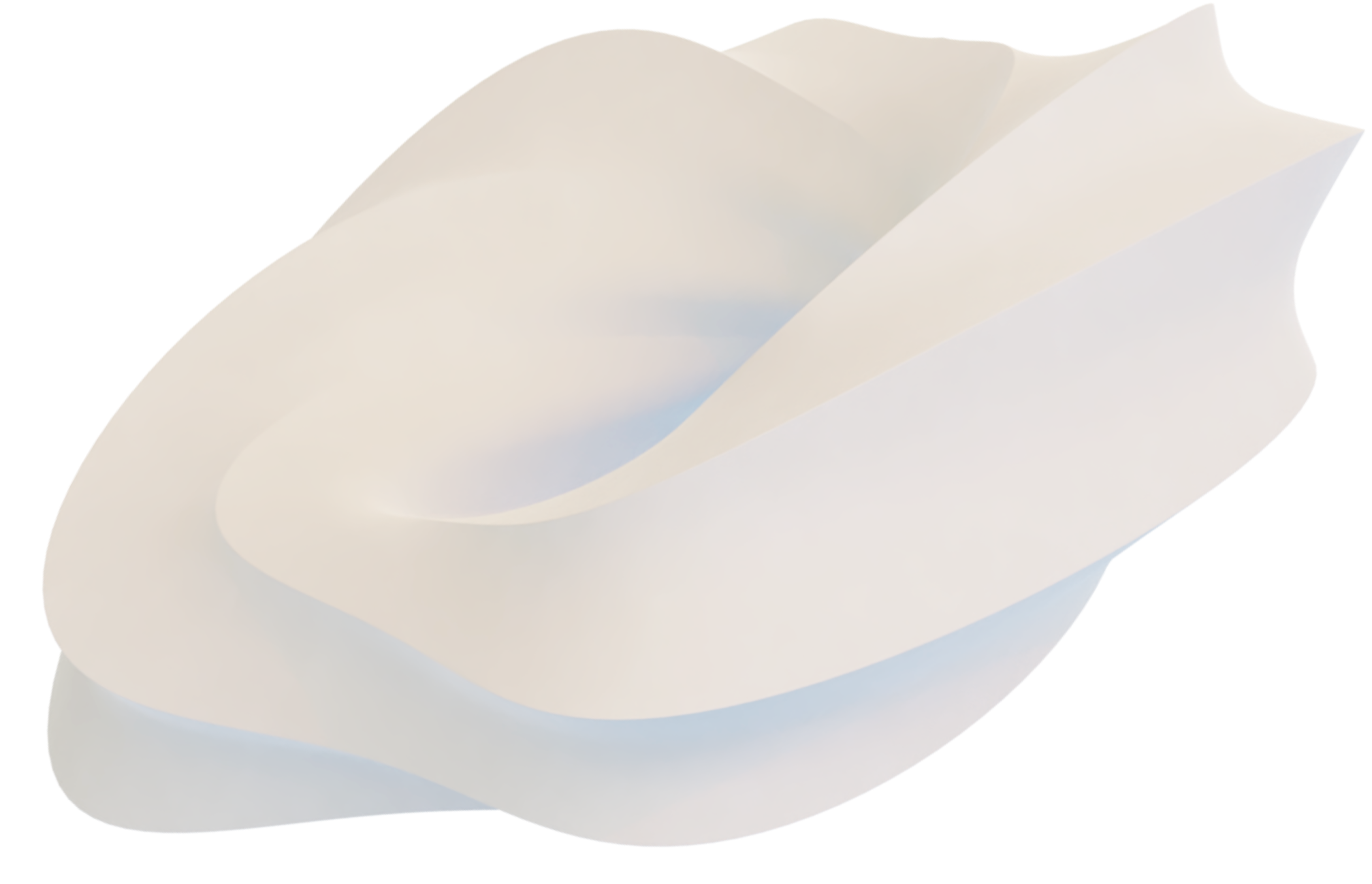
- Meta-analyses of clinical trials;
- Randomized, placebo-controlled, double-blind trials.
Polyoxidonium is included in clinical and methodological recommendations, including on the treatment of influenza in adults, as well as on the therapy of ARVI during the COVID-19 pandemic (FMBA) in children and adults.
The drug is approved not only in Russia. Polyoxidonium is the only Russian drug of this type registered in and supplied to the territory of the EU.



